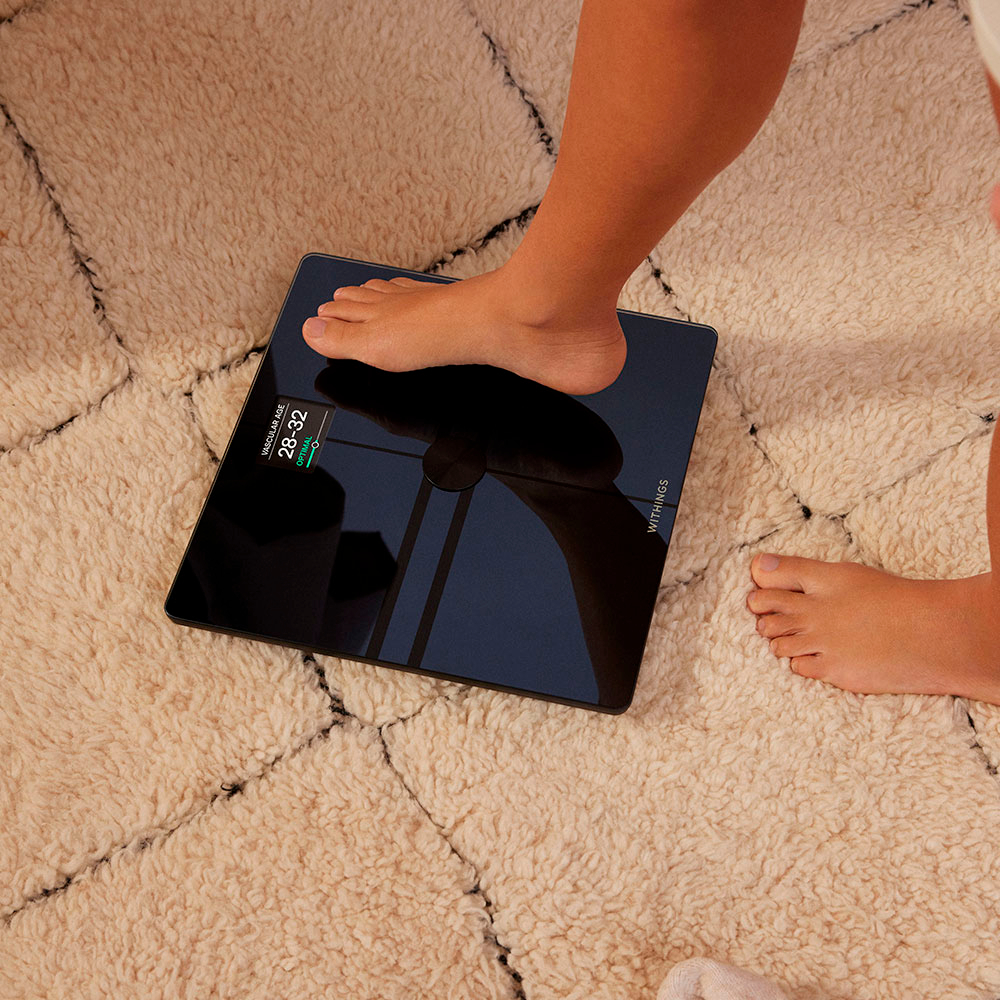If you’re thinking how behavioral body analysis can improve your personal interactions, you’re in the right place.
This article will show you how body analysis explains not only movement patterns but also deep personality structures.
Let’s dive into the fascinating world of character traits analysis, starting with how it helps decode personality.
Why Learn Behavioral Body Analysis
It’s not just about interpreting strangers; it’s also a tool to reflect on your own patterns.
Even HR managers and recruiters can use body analysis in team assessments, gaining deeper insights into candidate personalities.
Learning the science of body reading also enhances emotional intelligence. By noticing subtle cues, you become more aware to others’ needs and emotions.

Methods of Behavioral Body Analysis
There are several approaches within character traits body analysis, each focusing on different aspects of the human body. One popular method examines face shapes to infer emotional tendencies.
Behavioral body analysis also includes subtle movements, which can reveal momentary emotions even when someone tries to hide their feelings.
While these methods differ in focus, they all share a common goal: to understand the link between posture and psychology.

Practical Uses of Behavioral Body Analysis
Applying body analysis in real life starts with observation. Begin by noticing posture in different contexts.
In professional settings, body analysis helps build rapport and improve communication. Sales professionals may observe a client’s leaning forward to gauge interest or resistance.
Practicing behavioral body analysis also helps in personal relationships. By paying attention to loved ones’ microexpressions, you may notice stress or emotional needs earlier.
Misconceptions in Body Analysis
A frequent misconception about behavioral body reading is that it’s a guaranteed method for knowing what someone feels or thinks. In reality, physical cues must be interpreted within context.
Another myth is that body analysis can fully define a person’s personality just by looking at them. While physical traits may correlate with tendencies, they don’t determine every behavior or choice.
A third misunderstanding is that body reading is only useful for professionals like psychologists or detectives. In truth, these skills benefit anyone seeking better communication and awareness.
Understanding “The Body Explains” Method
The “body explains” approach gained popularity by connecting body types with behavioral patterns. This method teaches that our physical form reveals emotional history.
This approach isn’t about fixed rules but about noticing patterns and opening dialogue around them.
This integrative method links body awareness, offering a holistic view of human development.
Respectful Practice of Behavioral Body Analysis
It’s important to approach body reading as a tool for empathy and understanding, not as a weapon for persuasion or power.
Another ethical guideline is to contextualize observations. A behavior or posture in one culture may mean something very different elsewhere.
Saying “I notice you tend to hold tension in your shoulders when discussing this topic” invites reflection, while “You’re clearly angry” risks invalidating the person’s experience.
How to Improve Your Body Analysis Abilities
Keep a journal to record patterns you observe, linking them to possible emotions or attitudes.
Reading books or attending workshops on behavioral analysis provides structured knowledge and frameworks.
With consistent practice, your awareness grows, enhancing communication, relationships, and emotional intelligence.

Final Thoughts on Body Analysis
From observing facial cues to linking physical traits with psychological patterns, this skill enriches both personal and professional life.
Each pathway invites us to notice the wisdom carried in our bodies and how it shapes interactions.
If you’re ready to start exploring, consider observing people intentionally.
Frequently Asked Questions About Behavioral Body Analysis
What is body analysis?
In simple terms, it’s about reading the body to understand the person more deeply.
Can anyone learn body reading?
Like any skill, body analysis improves with experience, study, and reflection over time.
Can body reading tell everything about a person?
Body analysis is an interpretive tool, not an exact science.
Is body analysis useful for work?
Yes, body analysis has applications in coaching, therapy, HR, leadership, and sales.
How is body analysis different from reading body language?
Think of body analysis as a broader umbrella, with body language reading as one component of it.
analise de comportamento corporal